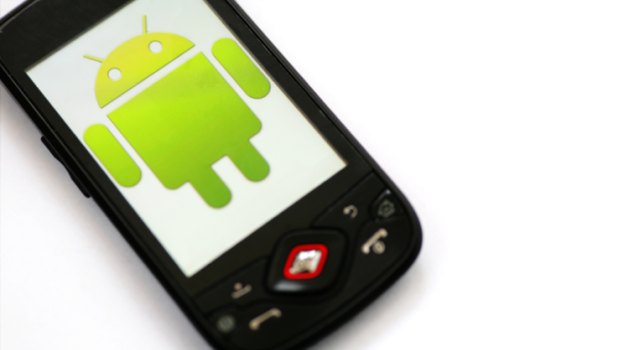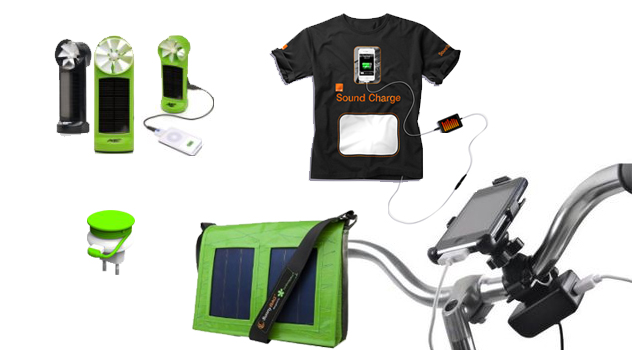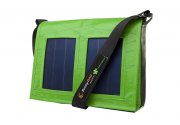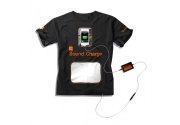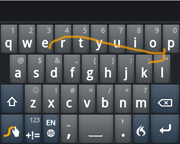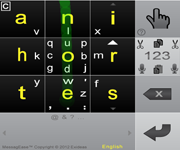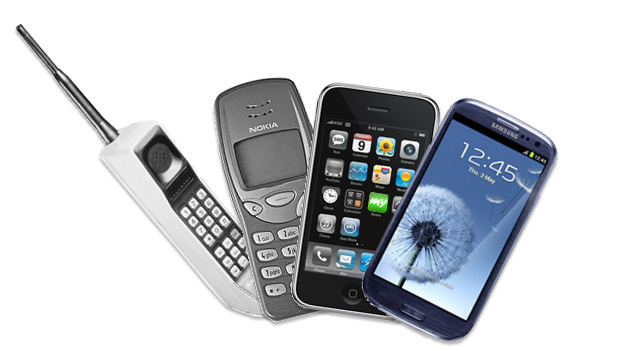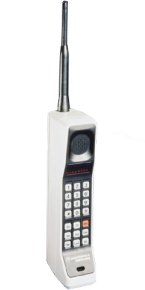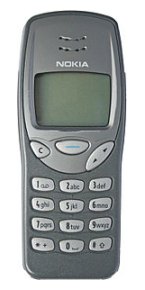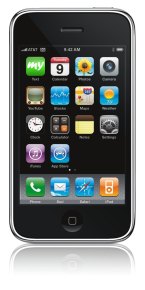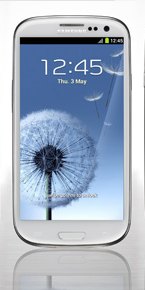Do you know the feeling when you go out and realize you left your phone at home? Some might run scared others are completely lost – I think we can sum it up: it’s not very enjoyable. Smartphones have become a vital part of our lives and without them we feel like only half a person.
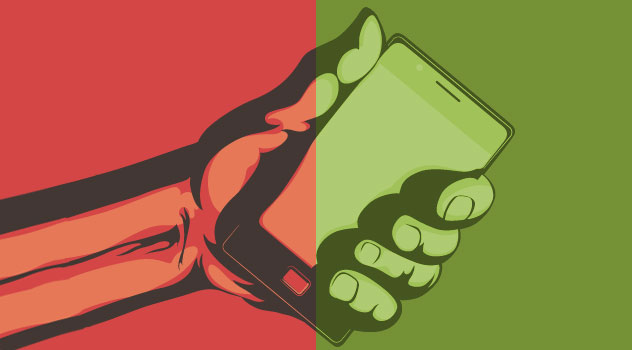
Most of us use their smartphone every day, to surf the internet and social media platforms, check emails, manage calendars, listen to music, play games, watch videos, take photos, read the news, write text messages and also, every now and then we use them for their original purpose, to make phone calls. Now all these activities can be done using one single device. If you think back some 25 years ago, some of them were not even possible. Consequently, smartphones have changed the way we live quite drastically.
How Smartphones Change the Way We Consume Information and Communicate
The way we consume information has changed from talking to each other to reading the newspaper to watching television, to gathering info on the web using a computer and now a smartphone. Today we can access any kind of information 24/7, wherever we are. That’s both, convenient and overwhelming. Same is true for communication. Our smartphone offers us several ways of communication: calls, text messaging, instant messaging, email, social media, blogs, etc.
The fact that we can get any information anytime we want has quite an impact on our way of living. A recent study by Columbia University found that we are very likely to forget information which we know we can easily retrieve again. Also, when we are asked questions, we tend think about how we can find the answer on the internet rather than thinking about the actual question and answering it ourselves. Basically, we’re getting lazier, because we know that we can access all kinds of information anytime.
How Smartphones Change the Way We Behave and Feel
It starts early in the morning. The first thing we do is reaching for our smartphone to turn off the alarm clock. As the day goes by we use our smartphone on the way to work, during mealtimes, at work, on the way home, in the bathroom and in bed. The smartphone has made us more sociable, or is it the other way around?
We are constantly connected and expected to have a mobile phone with us at all times. Of course, that’s convenient, but being available 24/7 is tiring, it’s a blessing and a curse. “Sorry, I wasn’t at home” has worked as an excuse 20 years ago. Today it’s like you never leave the office.
How Smartphones Change the Way We Use Technology
Our society tends to use devices that make our lives easier and more convenient. Taking this fact into account the mobile industry developed one device that made several others obsolete. Sales dropped for landline phones, desktop computers, digital cameras, mp3 players, gps devices, etc. Not too long ago there was a time, when you needed to carry all those things with you.
The desktop computer used to be the most irreplaceable tech piece in our lives, but during the last months the smartphone has taken its place. We still like to use desktop computers to handle practical tasks, while we prefer our smartphone to handle emotional ones.
Our smartphone is our personal assistant that helps us mastering our everyday life. I wouldn’t wanna live without it anymore, would you? I’d love to read your opinion in the comments!
Finally, have a look at this infographic about how phones influence our family lives:
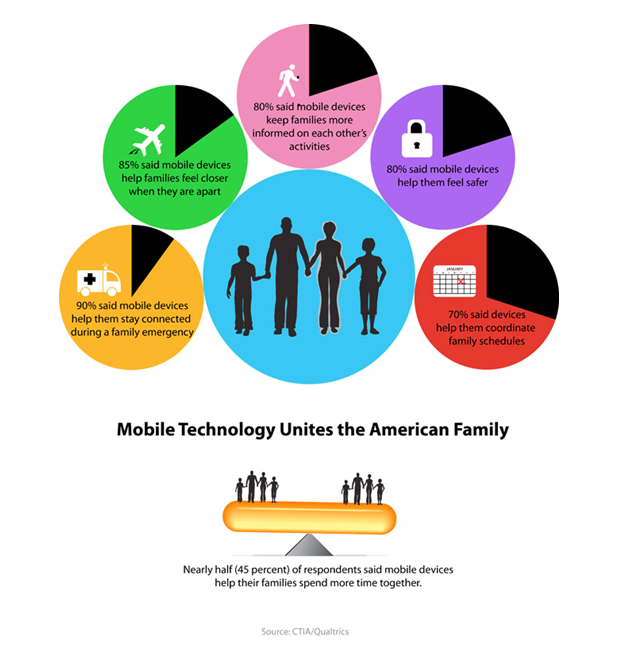
Source: CTIA/Qualtrics
